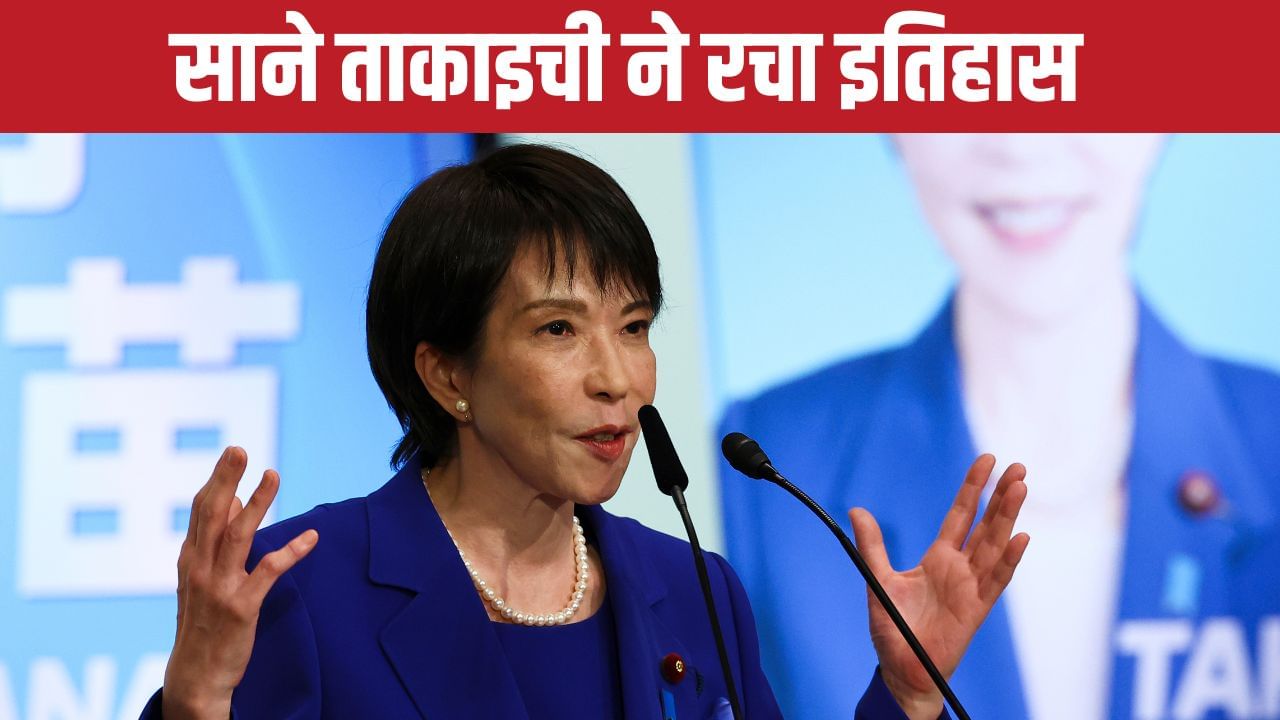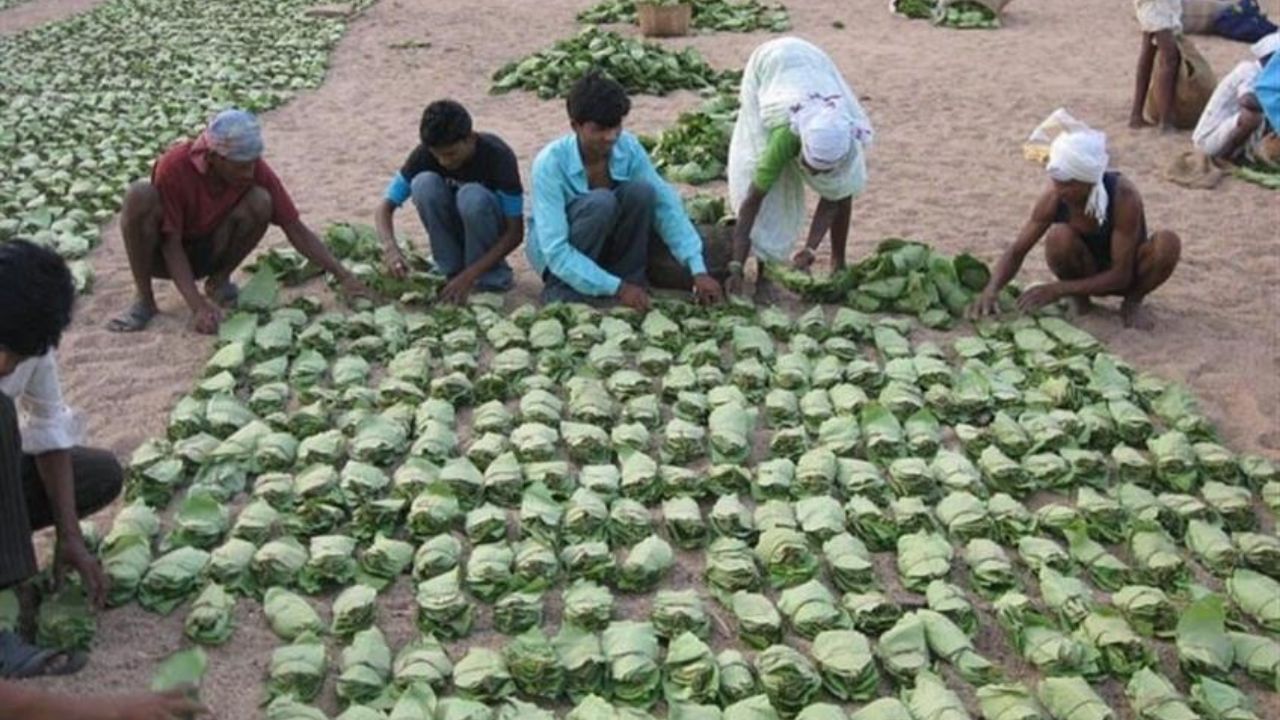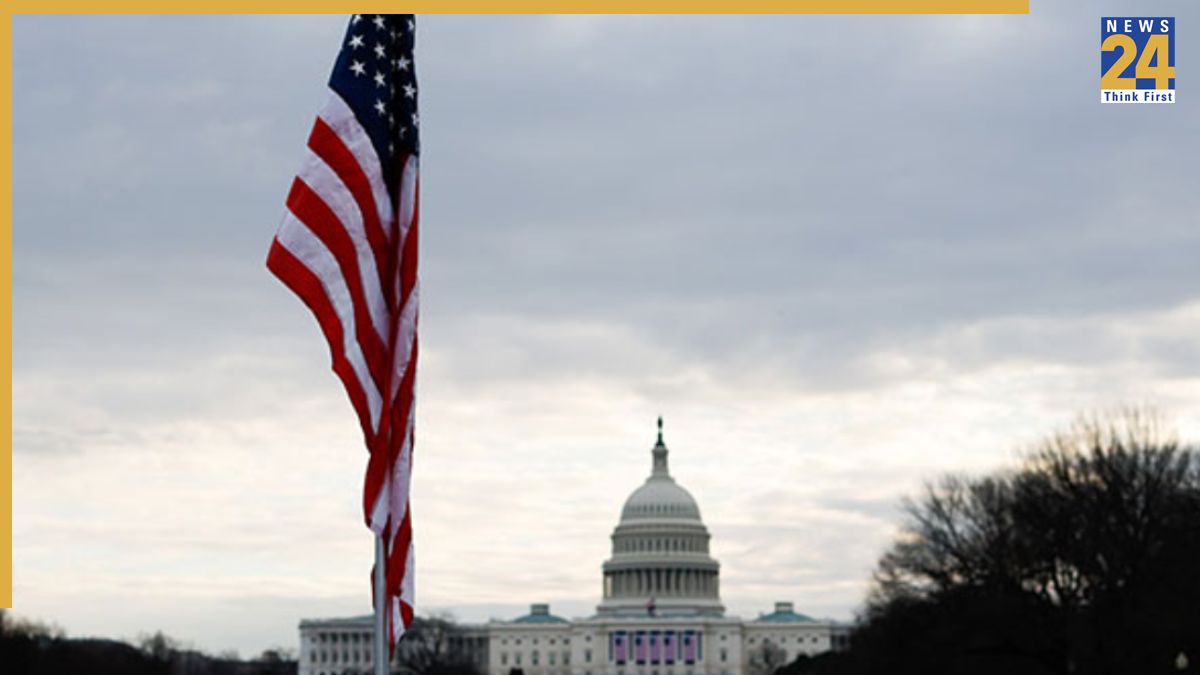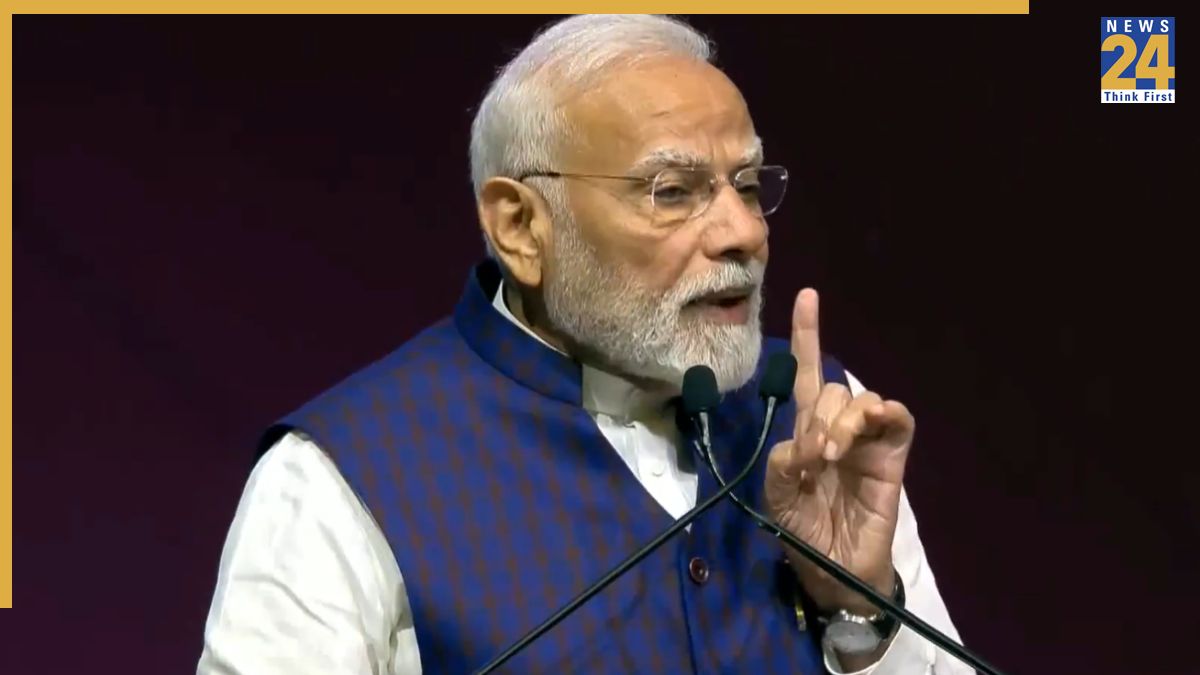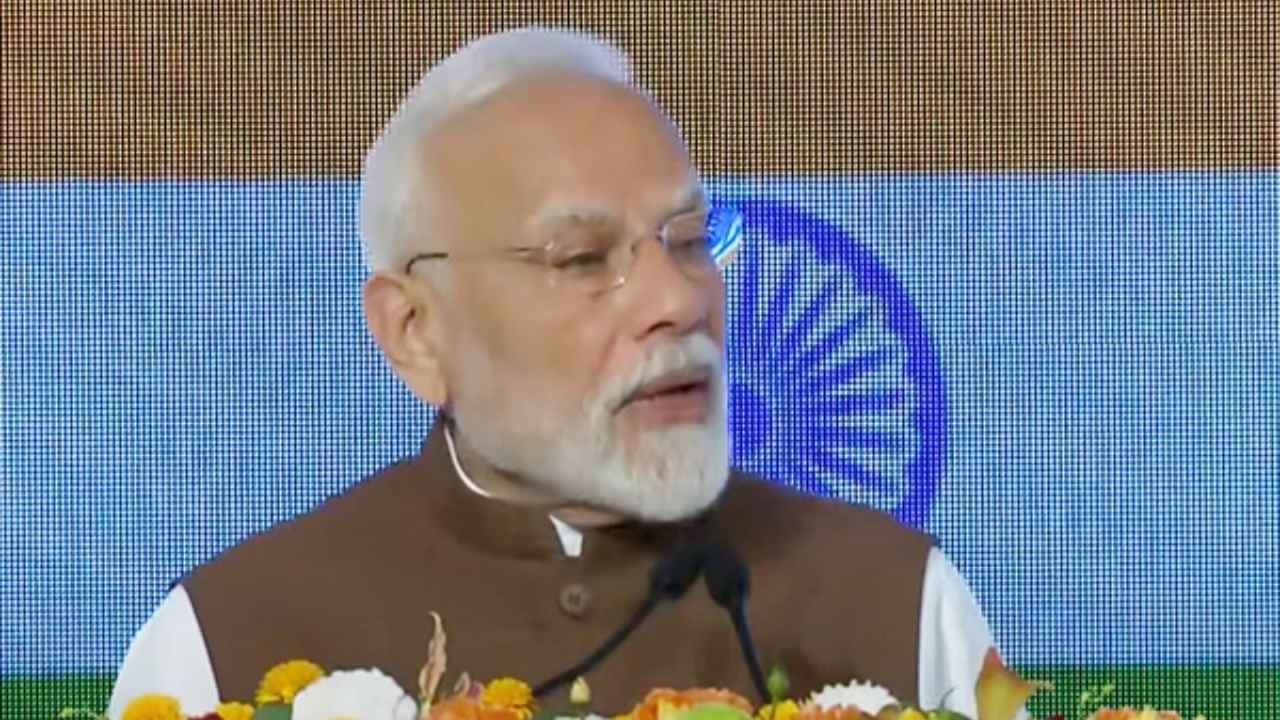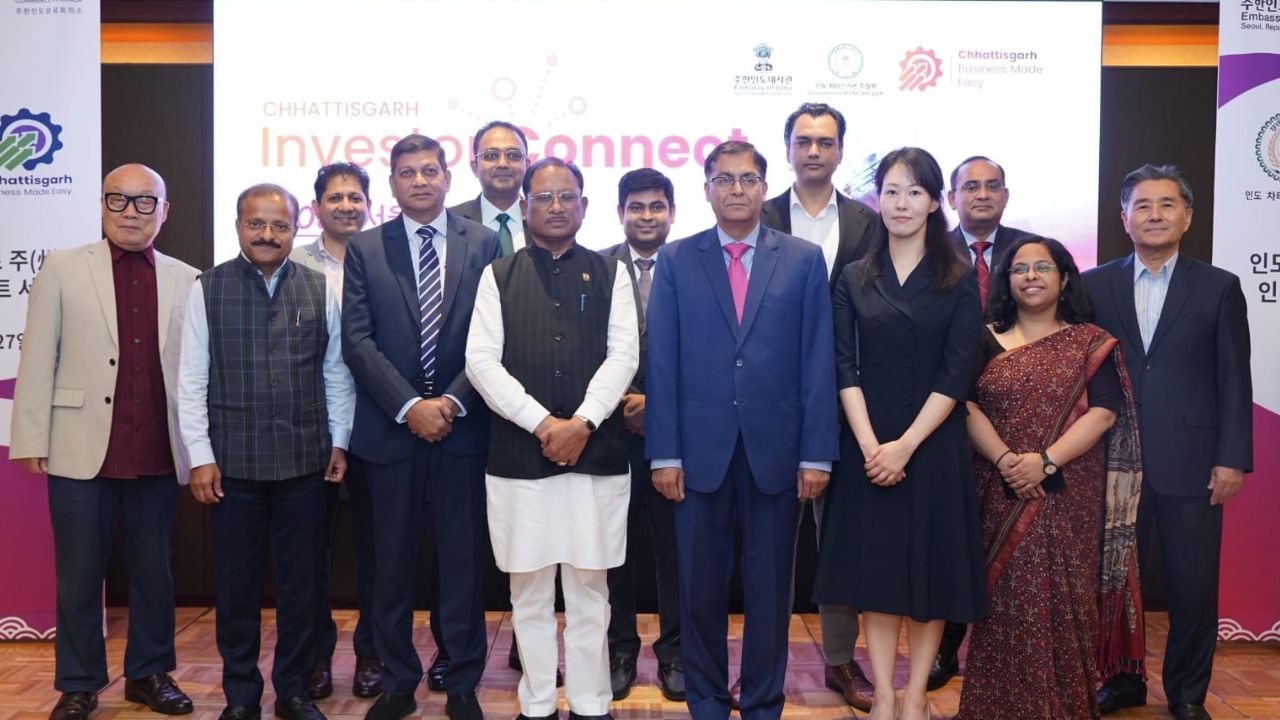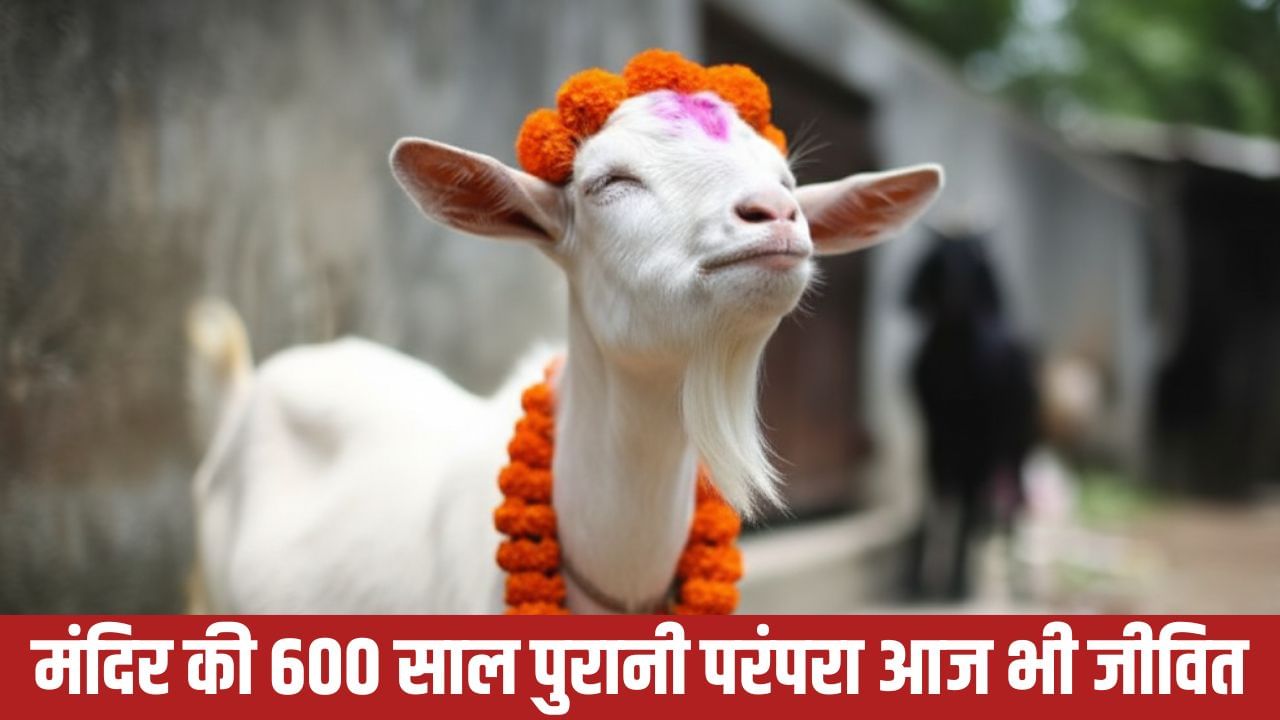Subscribe to Updates
Get the latest creative news from FooBar about art, design and business.
Browsing: Economy
Anutin Charnvirakul, Former Businessman, Becomes New Thai PM: What’s His Connection to Cannabis?
Anutin Charnvirakul, a former businessman and political figure, has been elected as the new Prime Minister of Thailand by Thai parliamentarians. He…
The President of the Pradesh Congress Communication Department, Sushil Anand Shukla, stated that the Modi government has modified two GST slabs after…
The Biju Janata Dal (BJD) has criticized the central government for not granting complete exemption from Goods and Services Tax (GST) on…
President Donald Trump has signed an executive order to officially enact the US-Japan trade agreement, the White House announced. The agreement institutes…
An American citizen has voiced strong criticism of the H-1B visa policy, triggered by the experience of his Indian friend who was…
With the festive season approaching, consumers anticipate tax reductions on various products to ease their financial burden. Attractive offers are commonplace both…
Significant relief is on the horizon for the general public and the industry, following major changes to the tax structure decided at…
Effective September 22nd, the Goods and Services Tax (GST) structure will be streamlined, featuring two primary rates: 5% and 18%. A higher…
Andhra Pradesh Chief Minister Chandrababu Naidu has expressed his support for the recently implemented GST reforms, congratulating Prime Minister Narendra Modi and…
President Donald Trump, during a Wednesday interview on The Scott Jennings Radio Show, stated India had offered a “no tariff” deal. He…
Former US President Donald Trump has been criticized for making false claims regarding tariffs imposed by India. He stated that India levies…
Prime Minister Narendra Modi inaugurated Semicon India 2025 at Yashobhoomi, New Delhi. This event is designed to catalyze and strengthen the semiconductor…
Protests that have been ongoing for a week in several Indonesian cities, including Jakarta, have turned violent. Demonstrators looted the homes of…
During a two-day visit to Japan, Prime Minister Narendra Modi addressed the India-Japan Joint Economic Forum in Tokyo. He emphasized the transformative…
News9 Global Summit Germany Edition: News-9 Global Summit to be held in Germany on October 9-10
The second edition of News-9 Global Summit by TV9 Network is scheduled to be held in Stuttgart, Germany from October 9 to…
During his visit to South Korea, Chief Minister Vishnu Deo Sai met with Chairman Lee Jae Jeong and senior officials of the…




